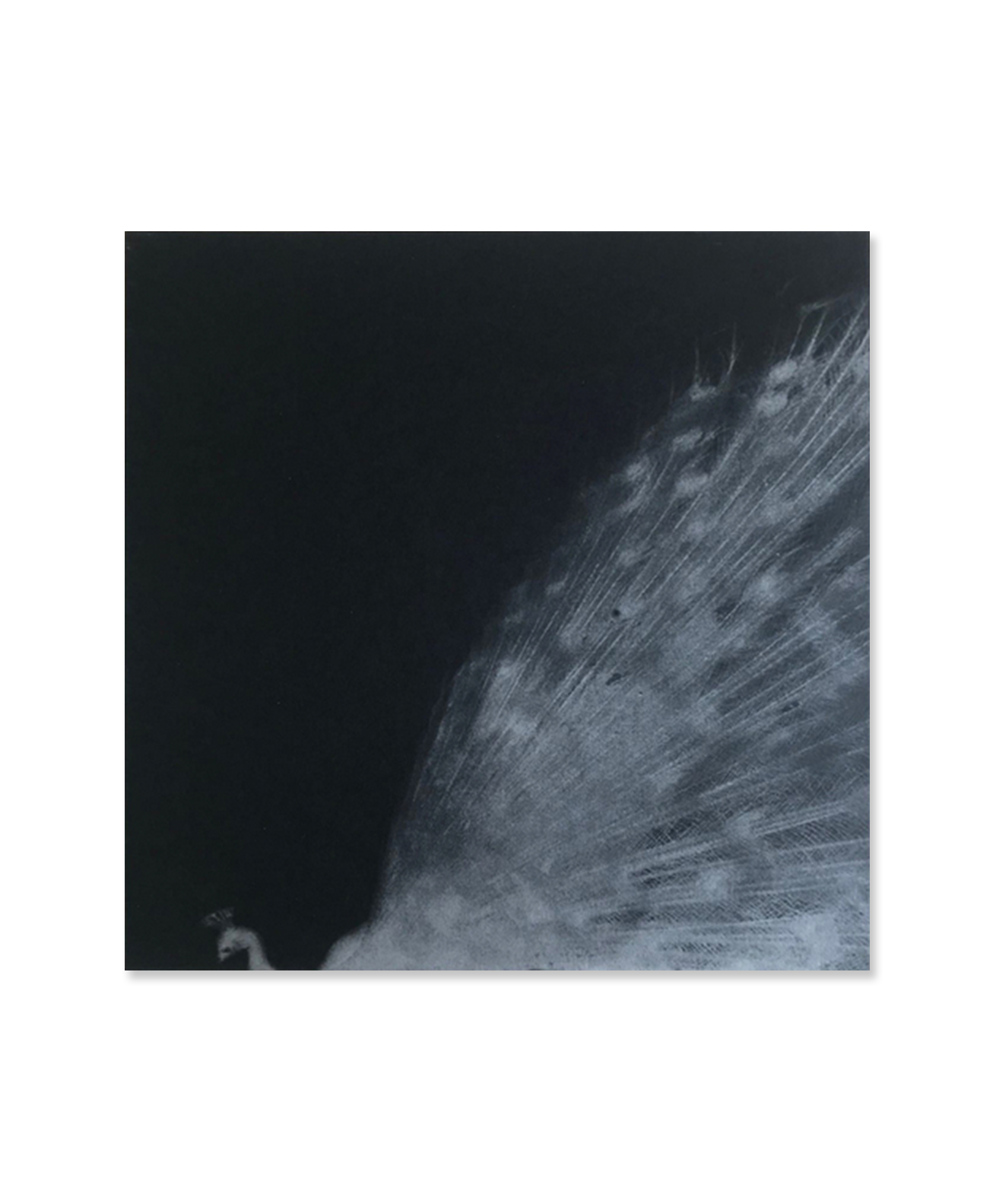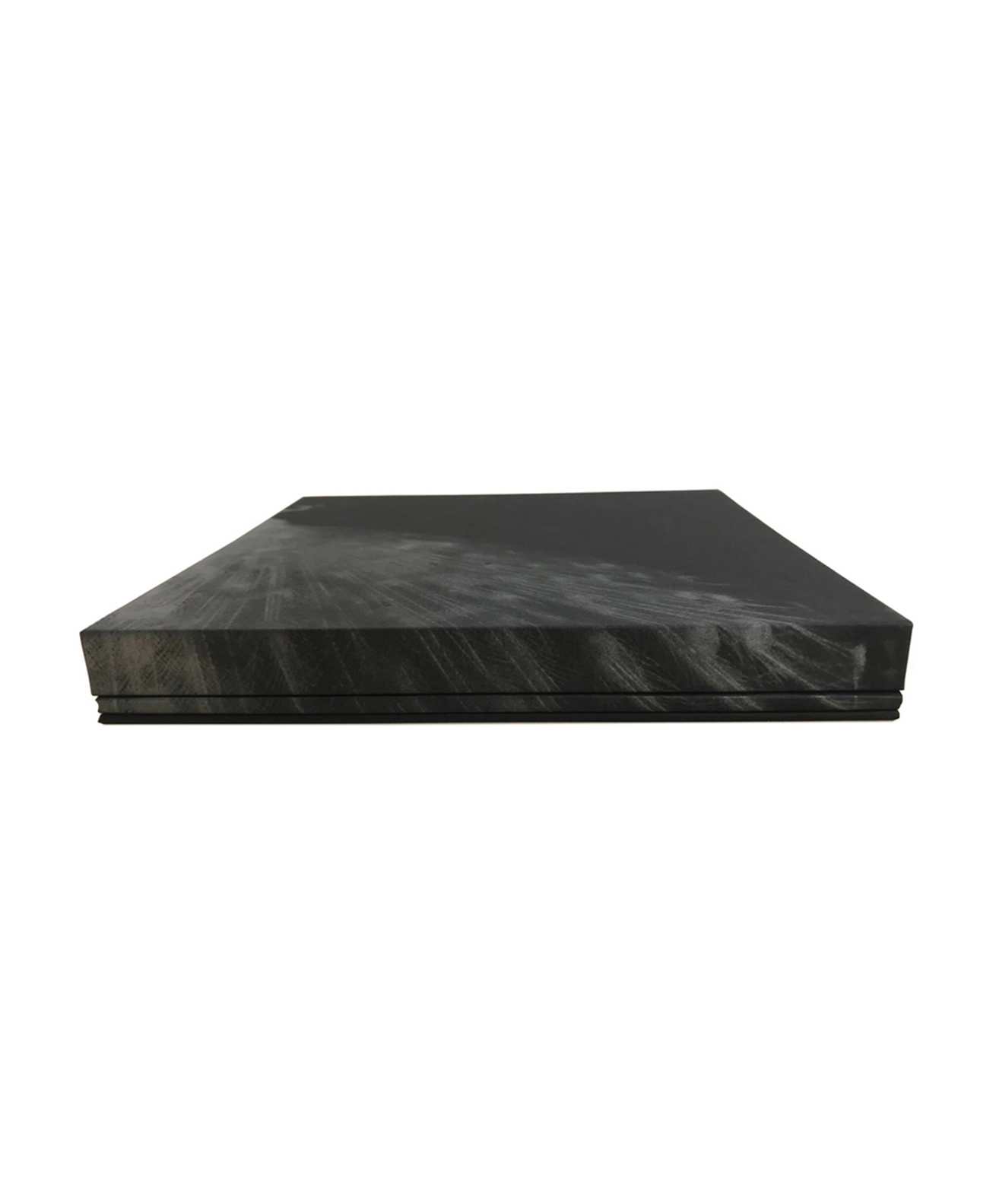Miho Kajioka - And, do you still hear the peacocks?
Ramassage actuellement indisponible à 1 rue des Minimes
– Default Title
-
1 rue des Minimes
09709759181 Rue des Minimes
75003 Paris
France
Miho Kajioka
And, do you still hear the peacocks?
Publié par Ibasho et the(M)éditions, 2022
Taille : 25,5 × 25,5 cm
48 Pages - 62 images
Hardcover
Langues : Français, Japonais, Anglais
Édition Limitée de 500ex.
Un nouveau livre de Miho Kajioka publié par Ibasho et the (M)éditions sur ses expériences suite au tremblement de terre, au tsunami et à la catastrophe nucléaire du 11 mars 2011, et son retour à l'art.
« Ce livre est mon requiem de ces dix dernières années. Mon nouveau chapitre a commencé à partir de 2011 et il se terminera quand ce livre sera terminé…
Juste après l'accident, j'ai trouvé un blog sur les paons laissés dans la zone d'évacuation, dans la limite des 20 km. J'ai alors commencé à imaginer ces paons, se promenant dans la ville vide avec leurs belles ailes déployées…
Lorsque je suis retourné au Japon, j'ai fait une pause dans la production artistique pour en apprendre davantage sur le monde et la vie. J'ai changé de travail chaque année, rencontré beaucoup de gens, voyagé dans différents endroits, puis j'ai fini par travailler comme journaliste pour produire des journaux télévisés et des documentaires. Cela a duré plus de dix ans. J'étais triste de ne pas faire d'art, mais je savais qu'un jour, le temps de revenir à l'art viendrait à coup sûr.
Pendant plus d'un mois après la catastrophe, nous n'avons pas pu retourner à Tokyo. Nous avons couvert de nombreuses histoires. J'ai trouvé beaucoup d'histoires qui m'ont profondément touché, mais celles-ci n'étaient pas très adaptées aux informations télévisées. Quand j'ai commencé à me sentir frustrée à ce sujet, j'ai trouvé des roses roses fleurissant magnifiquement au milieu des décombres à Kamaishi, où de nombreuses personnes avaient été emportées par le tsunami. Les roses ont fleuri simplement parce que c'était le printemps. Cette déclaration belle et simple de ces roses était au-delà de nos pensées. Ils m'ont appris qu'il était temps de revenir à l'art. J'ai finalement entendu le cri à l'intérieur de moi. »
― de la postface de Miho Kajioka








